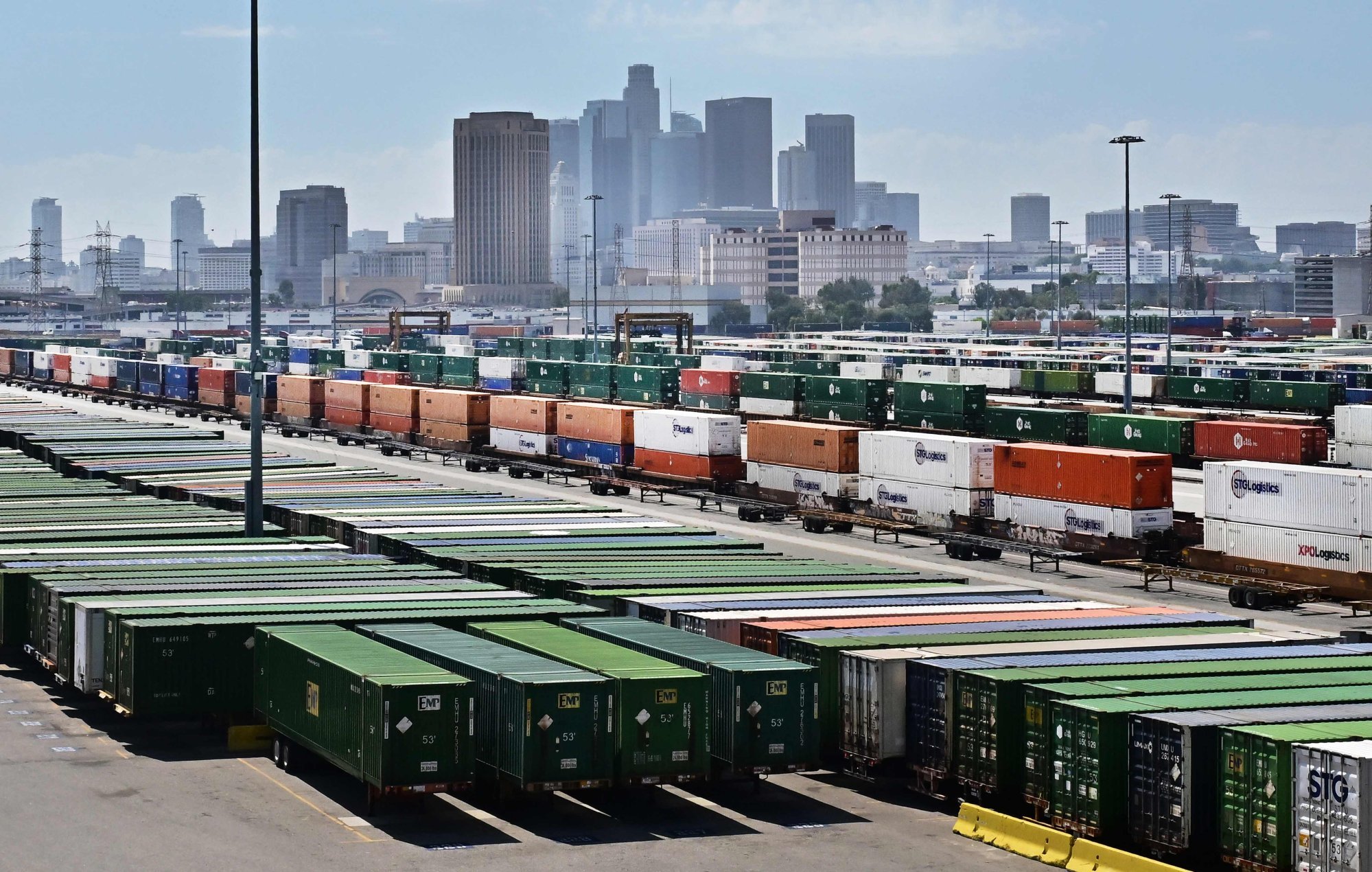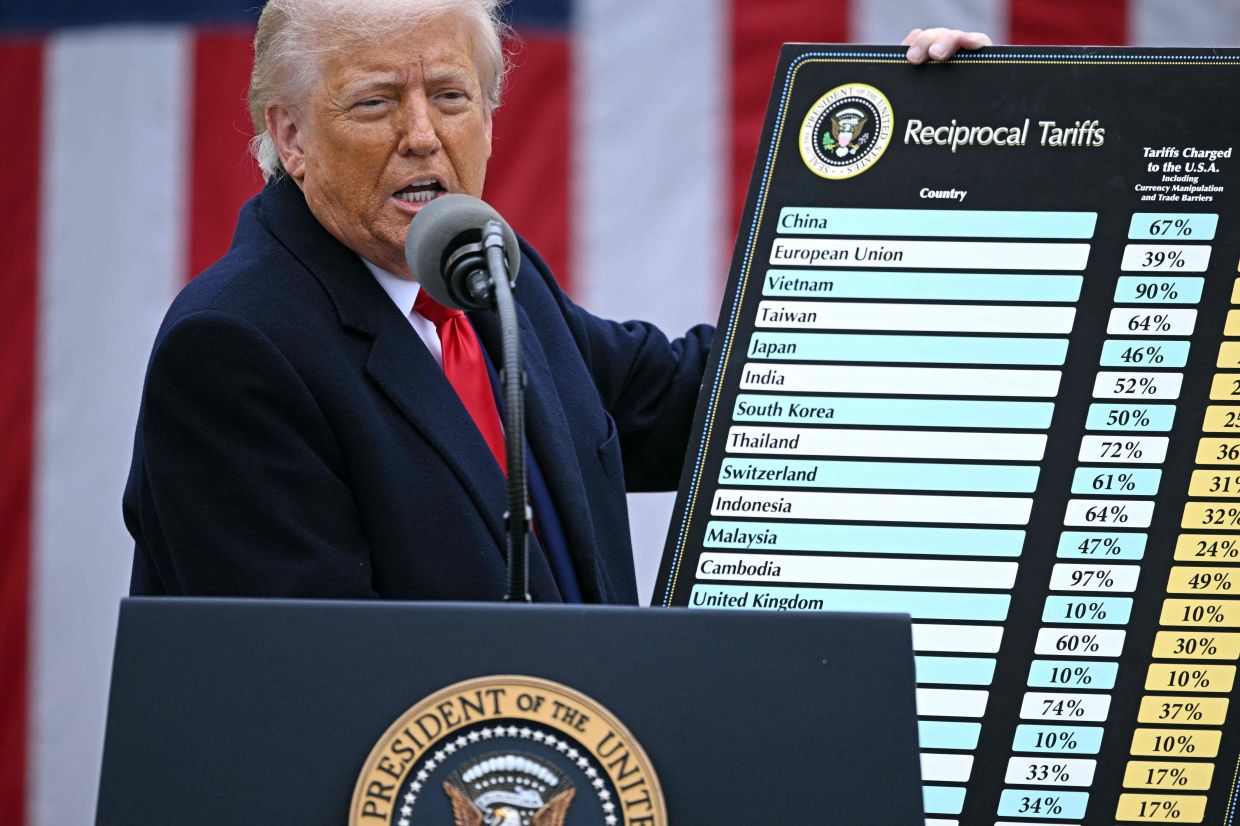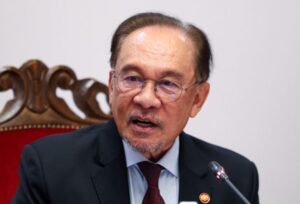The US Supreme Court agreed on Tuesday to review a ruling that struck down most of President Donald Trump‘s tariffs, fast-tracking a case that will determine whether the duties – still in effect – stand or fall by year’s end.
The decision sets up a high-stakes test of presidential power on trade, a hallmark of Trump‘s economic agenda.
The justices will hear a one-hour oral argument in early November, with the court’s 6–3 conservative majority – including three Trump appointees – poised to shape the outcome.
The “America First” president has repeatedly invoked emergency powers to impose sweeping tariffs on US trade partners, framing his country’s fentanyl-related deaths and trade deficits as emergencies.
In February, he imposed a 25 per cent levy on fentanyl-related imports from Mexico, Canada, and China. Since April, when the president imposed additional “reciprocal” tariffs on all partners, the US has continued collecting duties while cutting deals with Japan, South Korea, the Philippines, and Britain.
But on August 30, the US Court of Appeals for the Federal Circuit, in a 7–4 decision, ruled that Trump’s use of the 1977 International Emergency Economic Powers Act [IEEPA] to impose tariffs on nearly all trading partners exceeded his authority. The court asked the government to approach the US Congress.
In its appeal last week against the ruling, the administration warned the Supreme Court that “the denial of tariff authority would expose our nation to trade retaliation without effective defences and thrust America back to the brink of economic catastrophe”.
Trump has used the tariffs as leverage to extract economic concessions from trading partners. But they have also increased volatility in financial markets as he has raised, lowered and, in some cases, raised again the import tax levels on dozens of countries simultaneously.
With Beijing, the Trump administration has reached a framework agreement that paved the way for American companies to access rare earths from China. However, average tariffs remain close to 55 per cent.
In trade talks, US negotiators have prioritised non-tariff barriers such as subsidies while refusing to lift fentanyl duties. Although the previous Joe Biden administration acknowledged China‘s cooperation, Trump has demanded more action, saying he will judge its effectiveness before deciding.
The US Treasury reported about US$30 billion in tariffs collected in July alone. Trump has cautioned that overturning his policy could force Washington to refund billions to foreign governments. For the 2025 financial year, so far tariffs have generated some US$142 billion in federal revenue, according to US Treasury Department data.
“If the higher court makes the wrong decision, it will be devastation for our country,” he told reporters last week, warning that America would have to give back “trillions and trillions of dollars to countries that have been ripping us off for the last 35 years”.
Under IEEPA, presidents may act only in response to an “unusual and extraordinary” threat. The plaintiffs, 12 US states led by Oregon, along with five American businesses, argue that long-standing trade deficits do not meet that threshold and cannot justify the use of emergency powers.

The administration’s petition to the Supreme Court last week called the appeal court decision “erroneous”, arguing that it “casts a pall of uncertainty upon ongoing foreign negotiations” and jeopardises “both already negotiated framework deals and ongoing negotiations”.
“Due to IEEPA tariffs, six major trading partners and the 27-nation European Union have already entered into framework deals with the United States, accepting tariff arrangements heavily recalibrated in America’s favour,” the government told the Supreme Court.
In a declaration attached to the filing, US Treasury Secretary Scott Bessent, said the appeal court ruling “gravely undermines the president’s ability to conduct real-world diplomacy and his ability to protect the national security and economy of the United States”.
In May, a three-judge panel of the New York-based US Court of International Trade also ruled that the US leader overstepped his authority in using emergency powers to impose hefty levies on all trading partners.






